Buddhism is a religion and an oriental philosophy born in India between the 6th and 5th centuries BC following the awakening of Siddhartha Gautama in Bodhgaya in Bihar and the dissemination of his teaching. It is practiced in pagodas to create an environment conducive to enlightenment and temples to protect the people and communities who go there.
What is Buddhism?
According to Buddhism, God does not exist, it is the only non-theistic traditional religion that considers that all sentient beings will one day become a Buddha equal to those past, present and future.
There are traditionally 3 « Jewels » in this religion; the Buddha, founding master; the Dharma, the teaching of its doctrine and its practice; the Shanga, the community of disciples who put the teaching into practice.
In the West, Buddhism is known through Tibetan and Japanese schools of Zen. His teaching first developed in India. From the 5th century BC to the 12th century, multiple schools and currents emerged and spread the Buddha’s teachings throughout the Asian continent. Buddhism is a religion that requires monks to teach only if the request has been made to them 3 times. As soon as the community counted more than 60 enlightened disciples, the Buddha urged them to travel the world and spread the Good Law for the happiness and benefit of the greatest number.
The 10 most beautiful Buddhist temples in the world
Particularly based in Southeast Asia, most Buddhist pagodas and temples are found in Vietnam, China, Japan or Cambodia. From Thailand to Bali to Myanmar, one can visit the 10 most beautiful Buddhist temples in the world. Among them are the historical park of Ankor Wat in Cambodia, the valley of the temples of Bagan in Myanmar, the complex of Taktsang in Bhutan, Pinyin Tian Tàng in the south of Beijing, Kiyomizudera in Japan, Jokhang in Tibet, Bodnath in Nepal , Ulun Danu Bratan in Indonesia and Wat Rong Khun, the newest built in 1997 in Thailand.
Buddhism around the world
Since its creation in -556 BC. JC in India, Buddhism spread throughout the world taking on many faces including that of King Ashoka (-274/-236 BC) who stood out for his conquests and his affluence. His doctrine spread 2 centuries later, developing outside its region of origin, northeastern India and affecting almost the entire Asian continent. It is only the Europeans who are interested in Buddhism. In the 21st century, Buddhists can be found on all continents and the number of schools is increasing. Current Buddhism is divided into 3 currents: Theravàda, Mahàyäna and Vajrayàna.
The Great Pagoda of Vincennes
In the Paris region, the Bois de Vincennes pagoda allows Buddhists from the Ile-de-France region to meditate. It is also the seat of the Buddhist Union of France.
Built by Louis-Hyppolite Boileau from 1930 to 1931, it is located in place of 2 pavilions of the colonial exhibition of 1931, Cameroon and Togo. In the 1980s, the Tibetan Buddhist Kagyu-Dzong Temple was added. It contains the tallest Buddha in Europe and relics of the historic Buddha donated by Thailand to France.
The site does not offer teaching, meditation sessions or the practice of Buddhist worship. Closed during the week, it is generally open to the public on weekends for a few occasions in the year such as the Khmer New Year on April 9 and 16, the Buddhism Festival in May, the Tibet Festival in June, but also for certain ceremonies throughout the year.
Access
Metro: Line 8, Porte Dorée or Liberté station
Bus: 46, Porte Dorée and Paris Zoo stop
Bus 325, stop Caserne de Gardes-Carrefour de la Conservation
Bus 77, stop Avenue de Gravelle
Tram T3, Porte Dorée stop
The Great Pagoda in the Bois de Vincennes
Buddhist Union of France
40bis Lac Daumesnil ring road
75012 Paris
info@bouddhisme-france.org
Views: 0









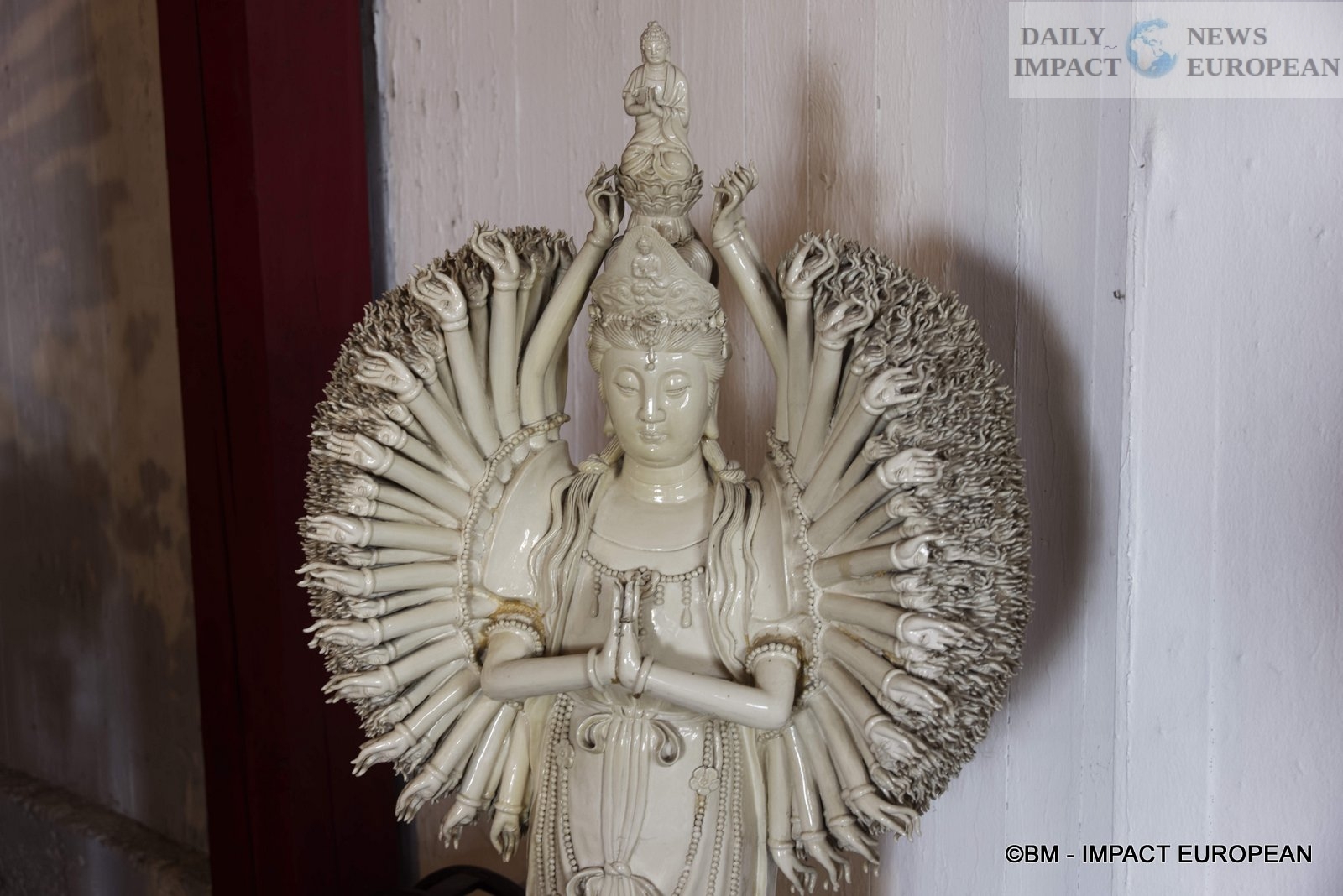













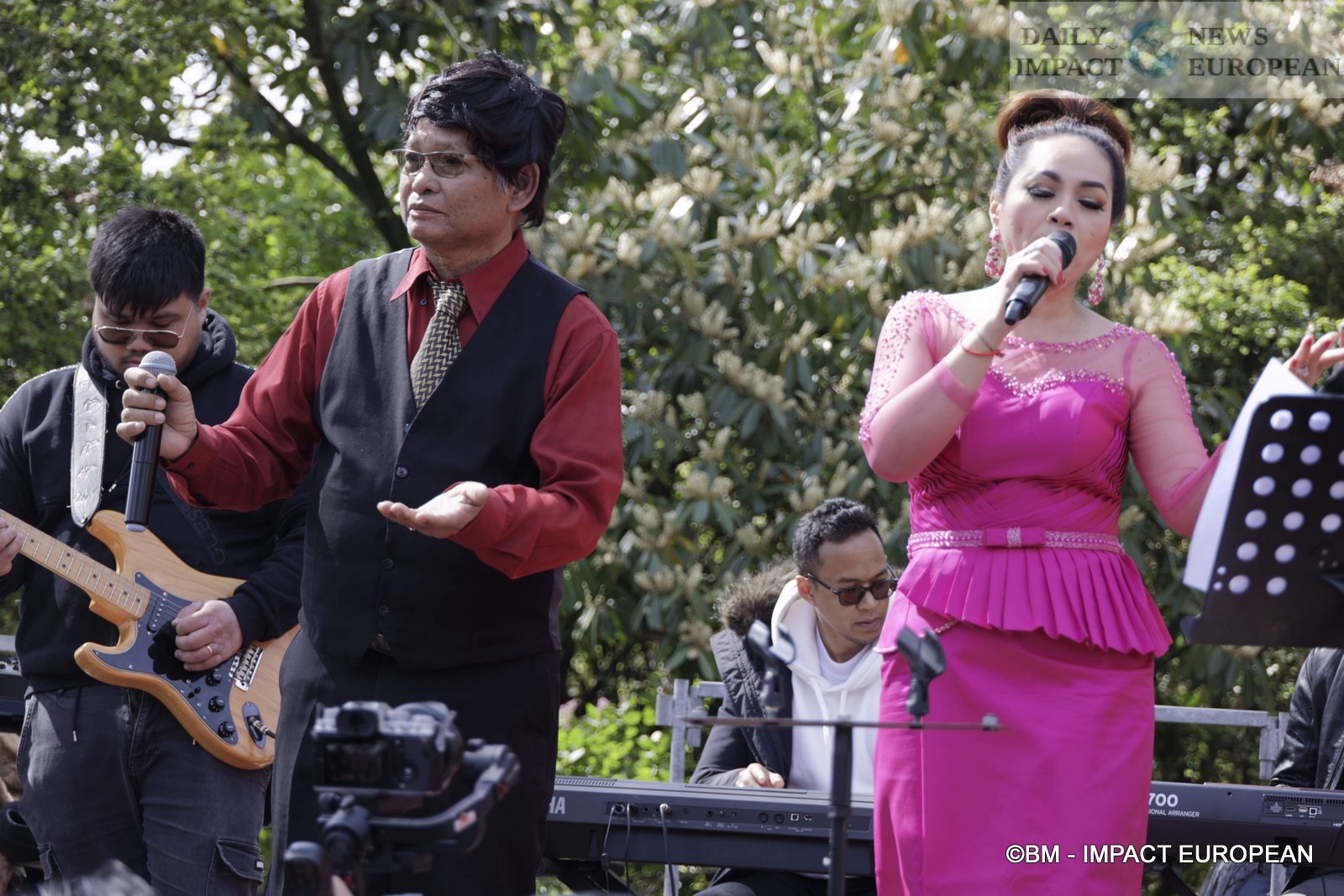


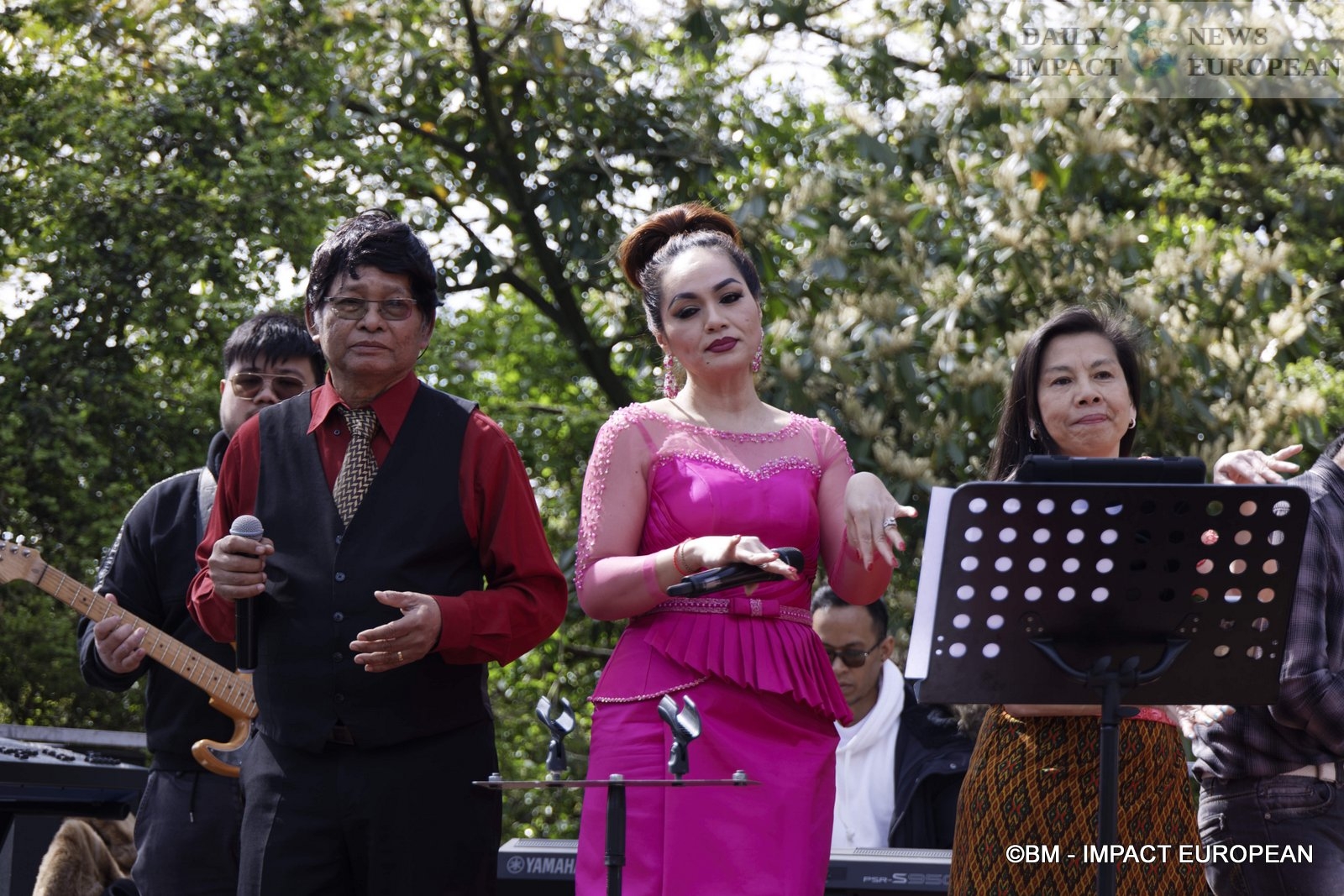




















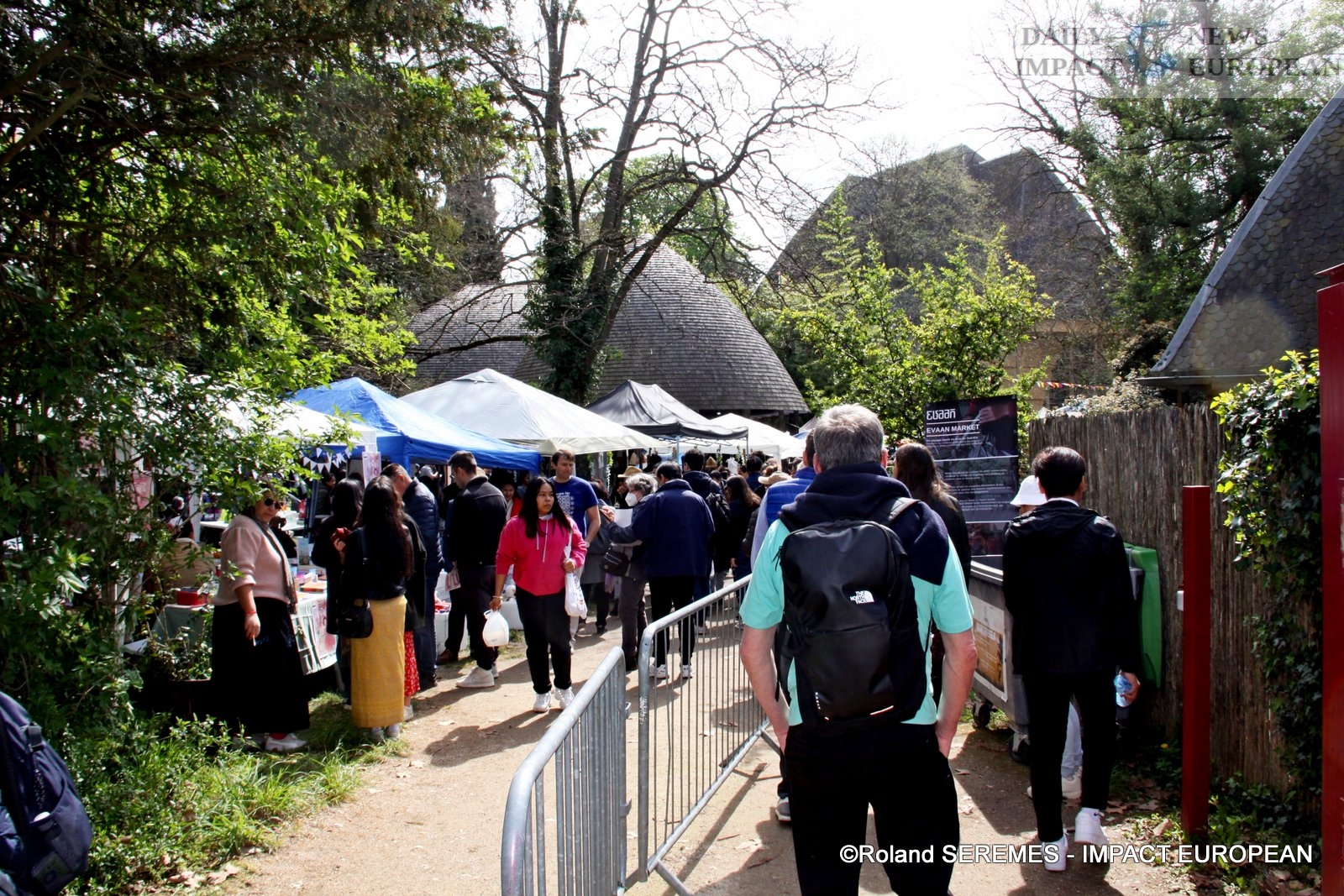


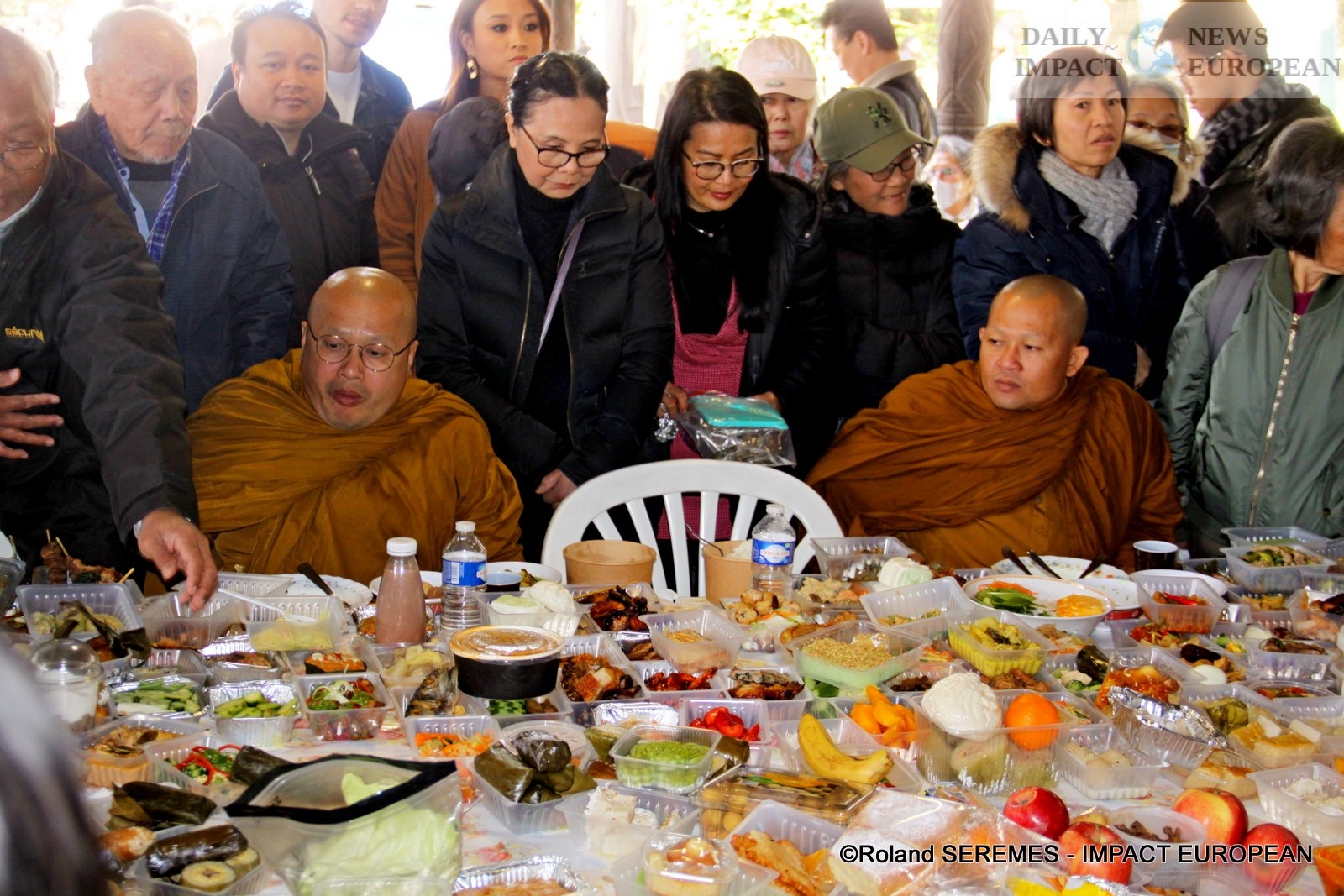

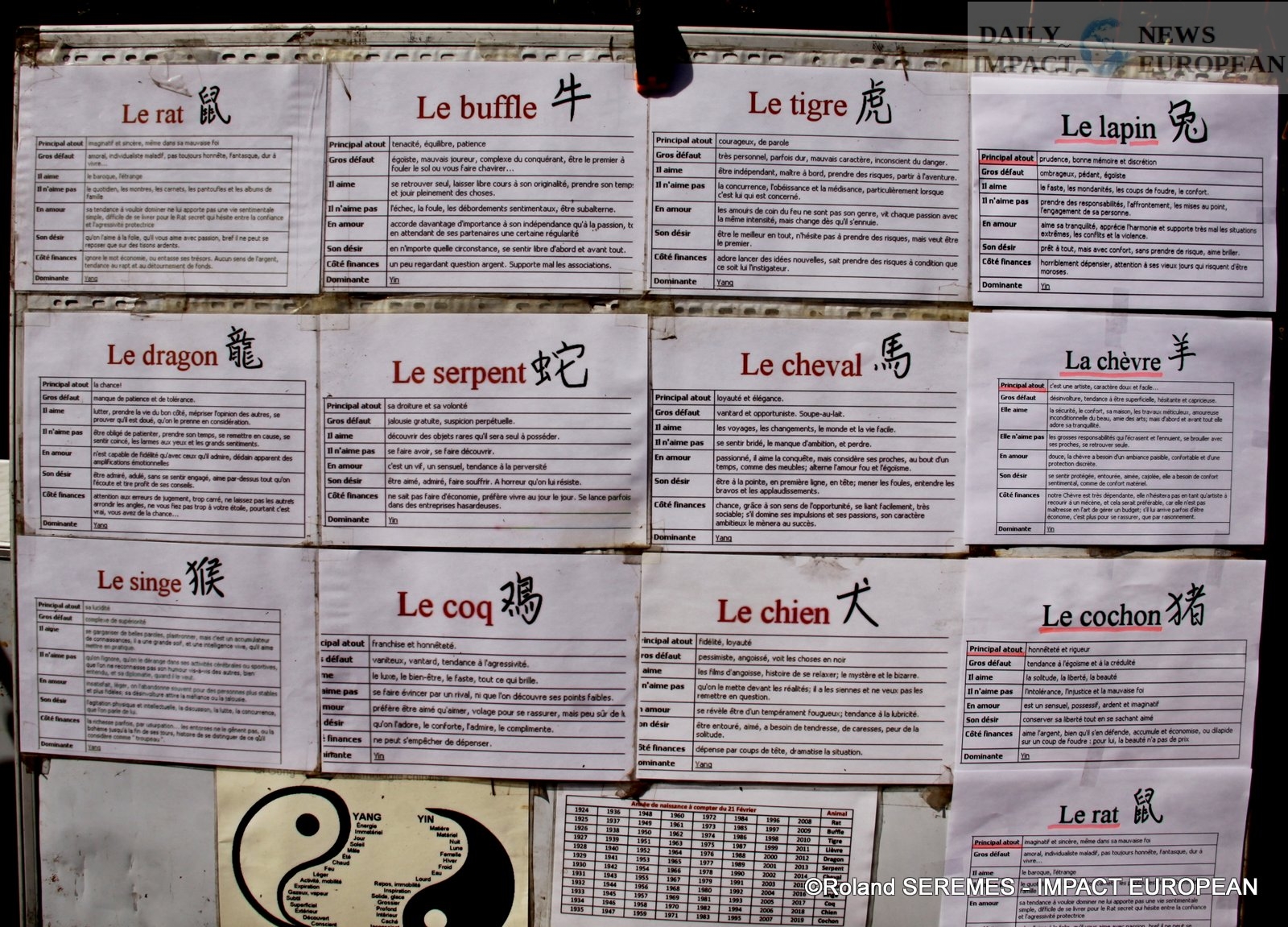
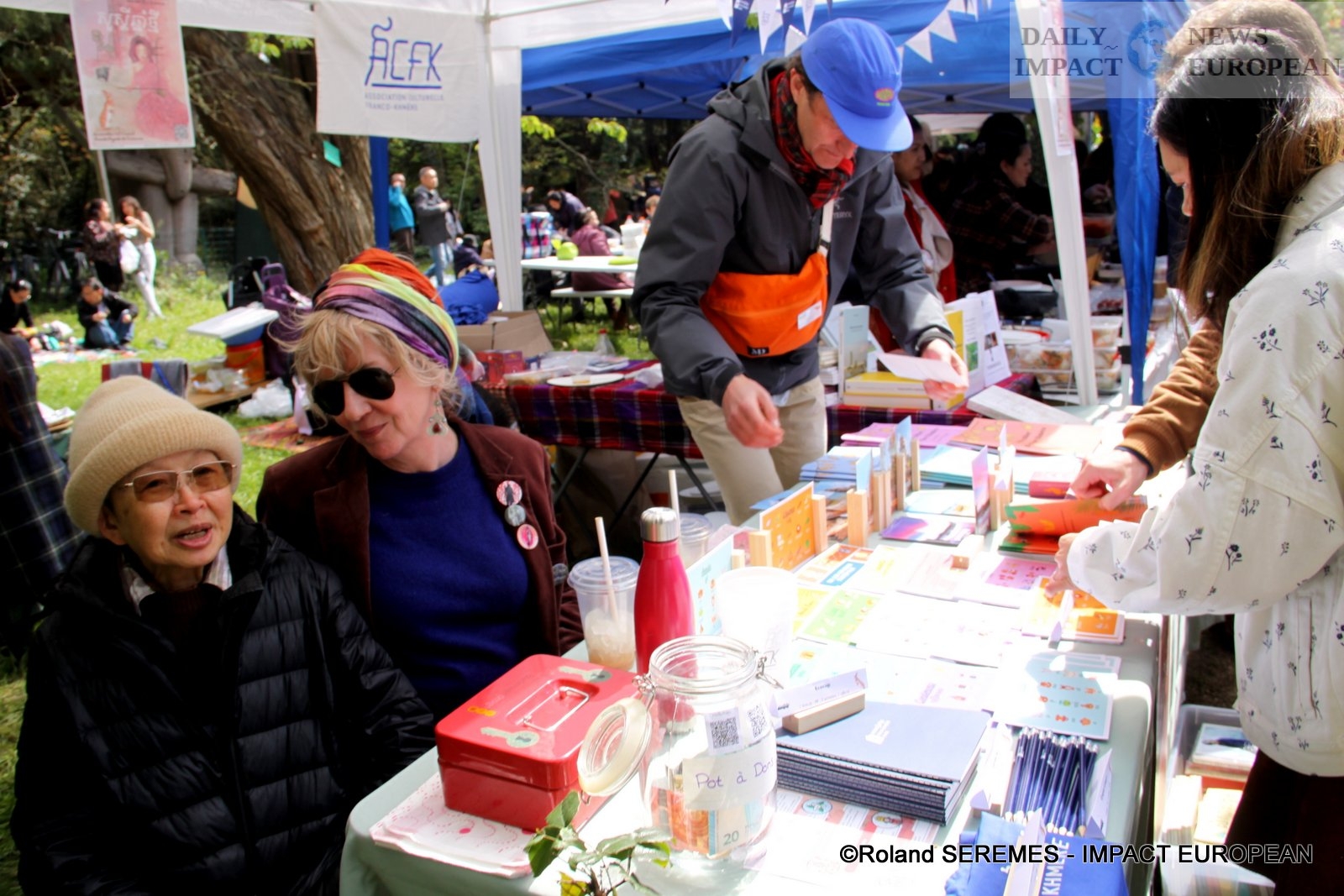

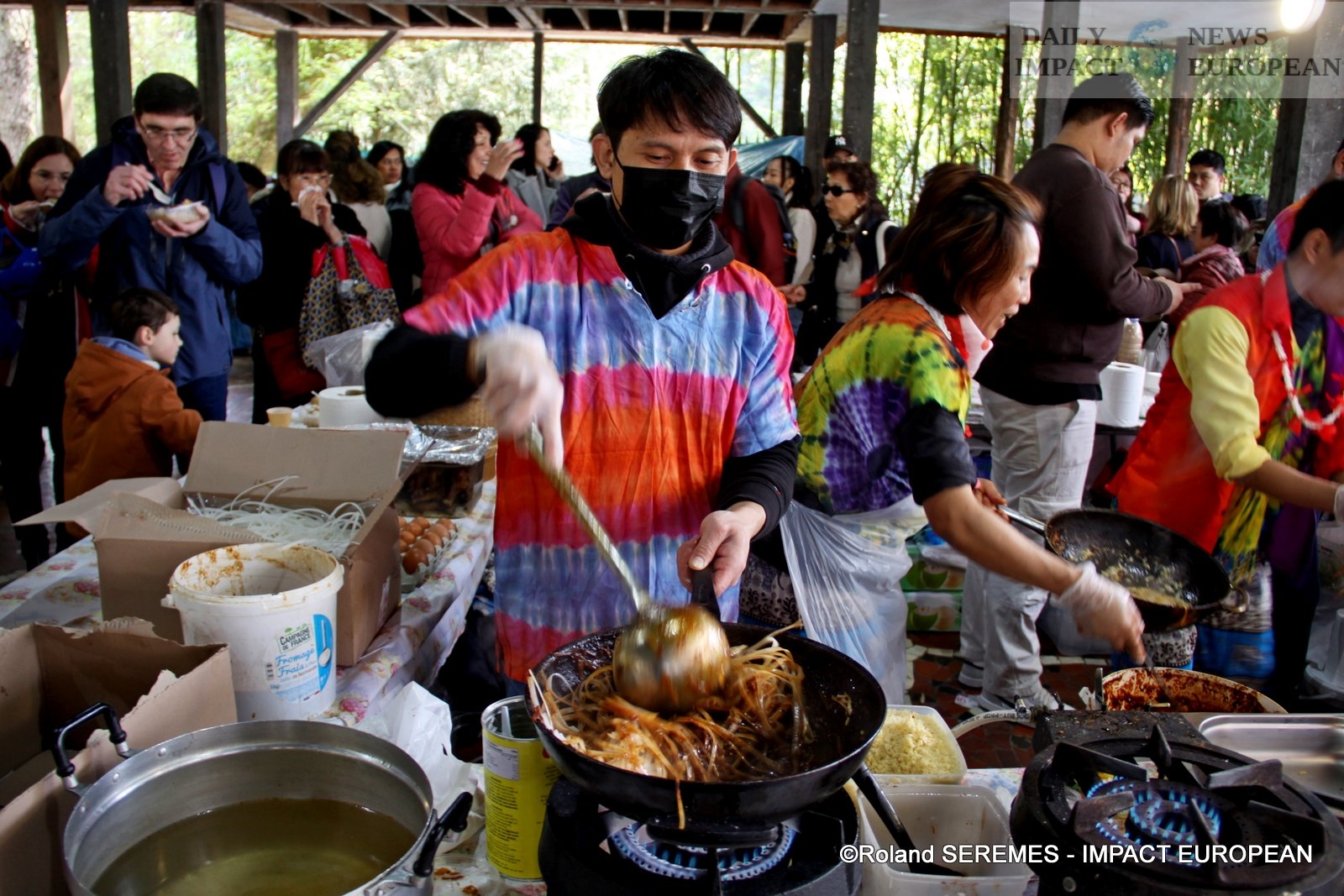


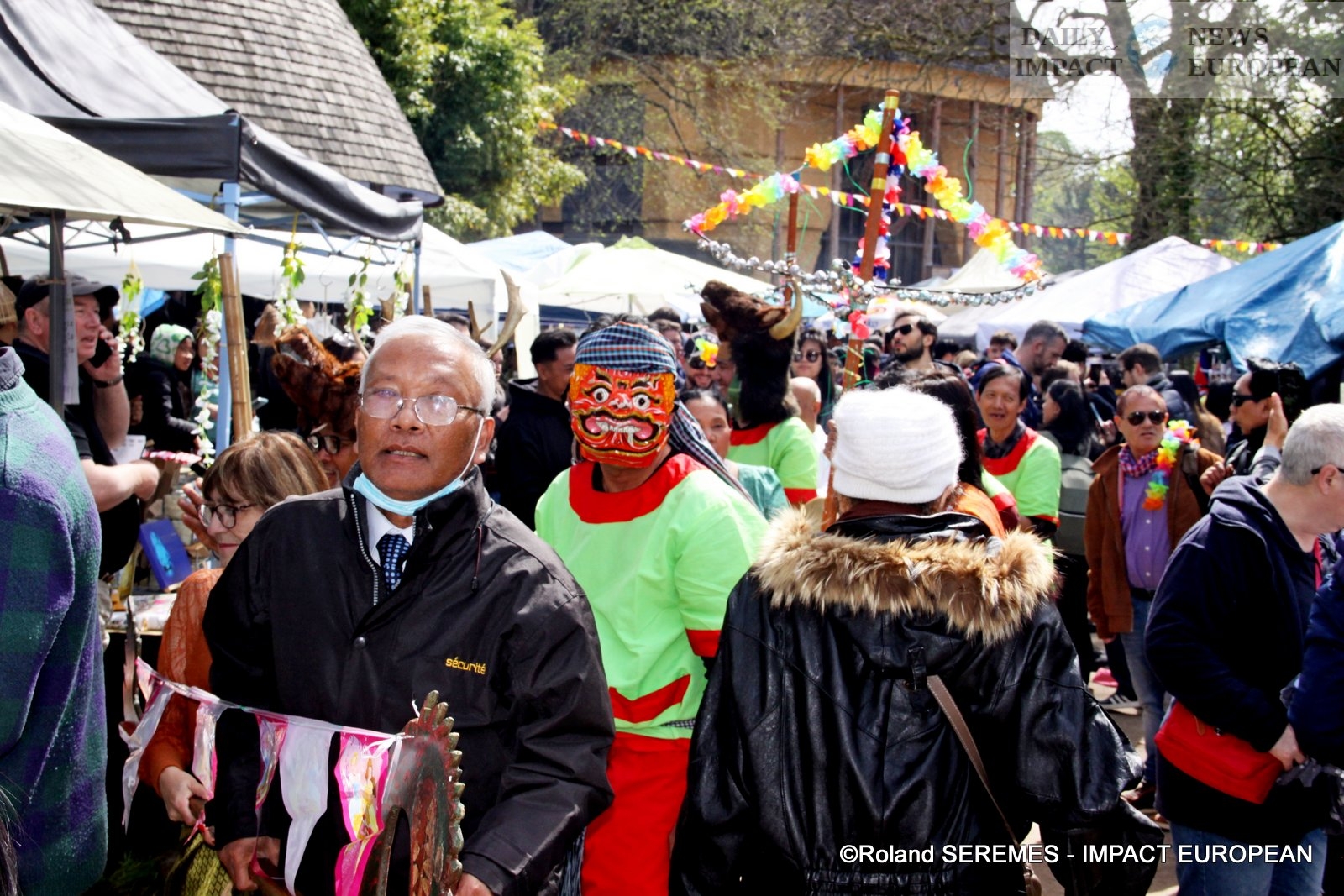




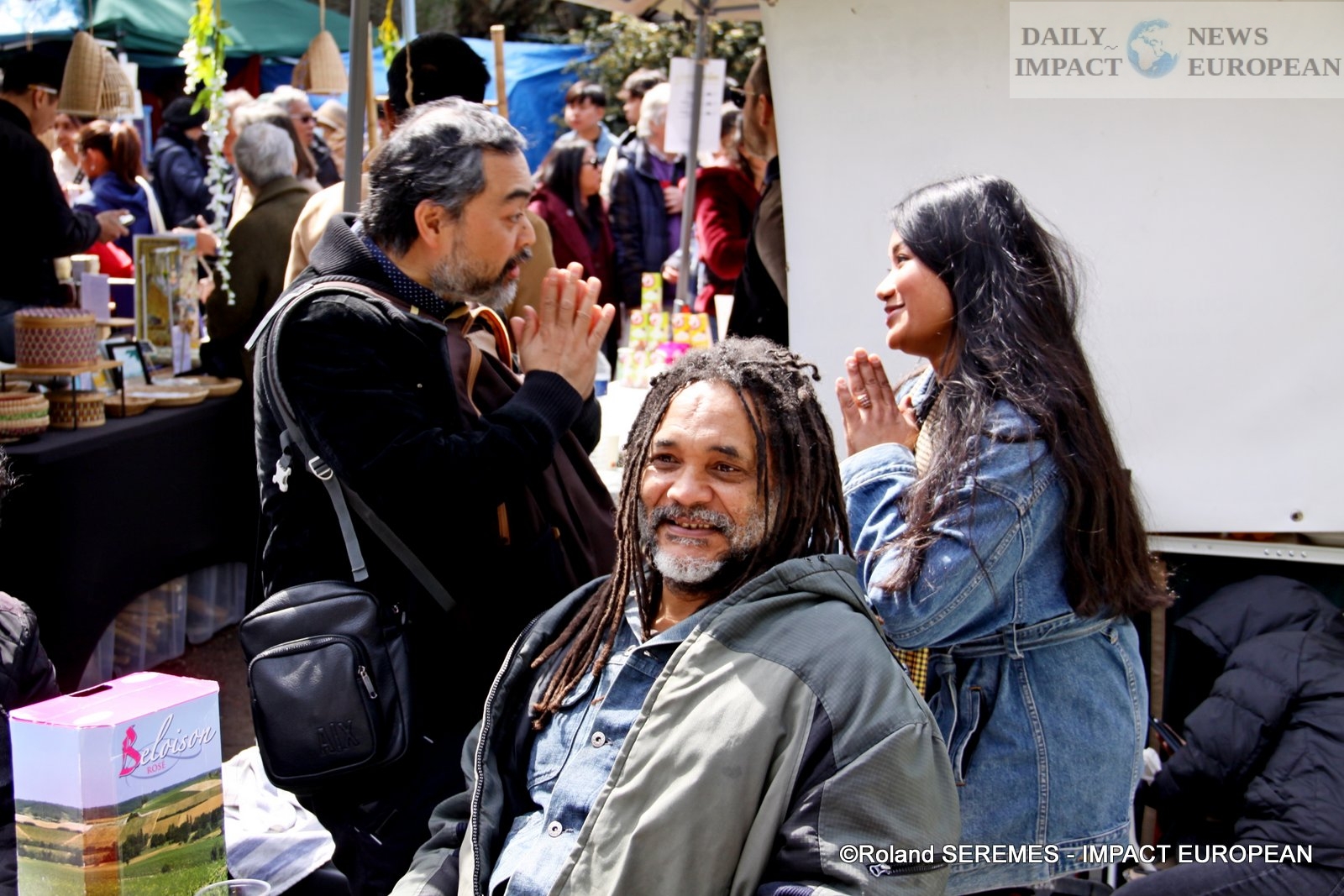


Plus d'histoires
France: Thousands of Doctors March in Paris Against “Authoritarian Drift” in Healthcare System
Agricultural crisis: farmers bring protests to Paris over EU–Mercosur deal
In Paris, Ukraine and Its Allies Seal Security Guarantees for a Lasting Peace